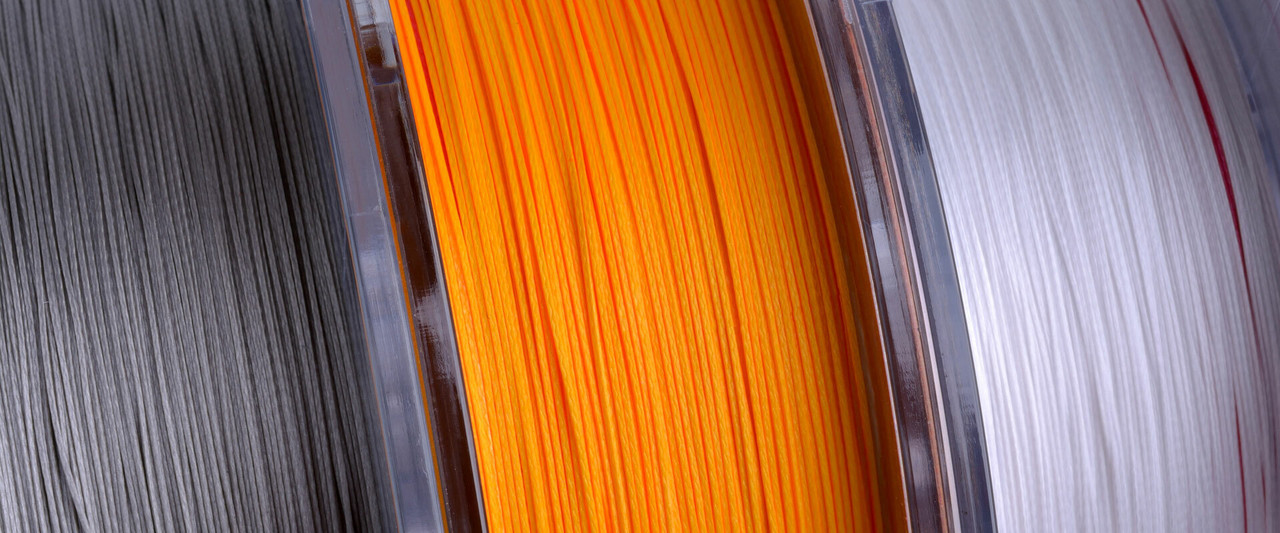A Tackle Shop Guide to Braided Fishing Line
Once you've decided to make the switch to braided fishing line, the next step is choosing the right *type* of braid for your specific needs. With different 'carriers' and PE ratings to understand, it can seem confusing. This guide will go beyond the basics and break down the key differences to help you make a smarter choice.
A Note From Our Local Experts
"Almost every angler who walks into the shop to set up a new lure-casting combo leaves with a spool of braid. The conversation isn't about 'if' they should use braid, but 'which' braid they should use. The most common question is about the difference between a 4-carrier and an 8-carrier line.
My advice is always to think about where you'll be fishing. If you're casting lures across open sand flats for flathead, the smoothness and casting distance of an 8-carrier is a huge advantage. But if you're fishing tight to oyster racks or rock walls for bream, the extra abrasion resistance of a tougher 4-carrier line is often the smarter choice.
While we sell a wide range of braid fishing lines it's important to note that we all have our favourites and mine is Daiwa J braid at the current time and our sales data also reflect this as it is our biggest selling brand range of braid by far."
- Ben Czulowski, Owner, Fishing Tackle Shop (Ocean Storm) 20+ years experience in selling braid
Understanding Braid Construction: 4-Carrier vs. 8-Carrier
A 'carrier' is a single strand of fibre used to weave the line. The number of carriers is the biggest factor in how a braid performs.
✔
4-Carrier Braid: Made from four strands woven together. The individual fibres are thicker, which gives the line a slightly coarser feel but also makes it exceptionally tough and abrasion-resistant for its diameter. It's an excellent choice for fishing in heavy structure.
✔
8-Carrier Braid: Made from eight finer strands woven together tightly. This creates a much rounder, smoother, and quieter line that flies through your rod guides with less friction. It's the top choice for maximum casting distance and a more refined feel, with brands like Daiwa and Shimano offering exceptional 8-carrier lines.
Pro-Tips for Using Braided Line
- Spool it on Tight: This is the most critical rule. Braided line must be spooled onto your reel under significant tension to prevent it from "digging in" on itself under the pressure of a fighting fish. It's a service we offer in-store, but if you're doing it at home, make sure the line is running through a wet cloth and you're applying firm pressure.
- Always Use a Leader: You must always use a monofilament or fluorocarbon leader between your braid and your lure. Braid is highly visible underwater and has poor abrasion resistance on its own.
- Use the Right Knot: The knot connecting your braid to your leader is the most important one you'll tie. The FG Knot is the undisputed champion for its slim, strong profile. The Double Uni Knot is another reliable and slightly easier alternative to learn.
Frequently Asked Questions
What does the PE rating on a spool of braid mean?
This is a common point of confusion. PE is a Japanese system that measures the diameter of the line, not its breaking strain (strength). For example, a 'PE 1' line will have a diameter of approximately 0.165mm. This is critical for knowing exactly how much line will fit on your reel's spool. The pound (lb) rating on the same spool then tells you the actual strength of that line.
What is the best braided fishing line?
The 'best' braid really depends on your fishing style and budget. The key is to match the line to your needs. If your priority is maximum casting distance for open-water fishing, a smooth 8-carrier braid is the superior choice. If you're fishing in heavy snags and need maximum toughness, a robust 4-carrier or a coated braid will give you better abrasion resistance.
When should I use a high-vis vs. a low-vis coloured braid?
For most lure fishing, a high-visibility braid in yellow, pink, or chartreuse is a massive advantage. It acts as a visual strike indicator, allowing you to see the subtle 'ticks' and jumps in the line when a fish bites. A low-visibility braid in green or camo is a good choice for extremely clear, shallow water where you are concerned about spooking wary fish.
How do I stop getting "wind knots" with braided line?
Wind knots are almost always caused by loose loops of line on your spool. The best way to prevent them is to always close the bail arm of your spinning reel by hand after a cast (not by turning the handle). This ensures the line is seated correctly on the roller and spooled on tightly from the very first turn.



